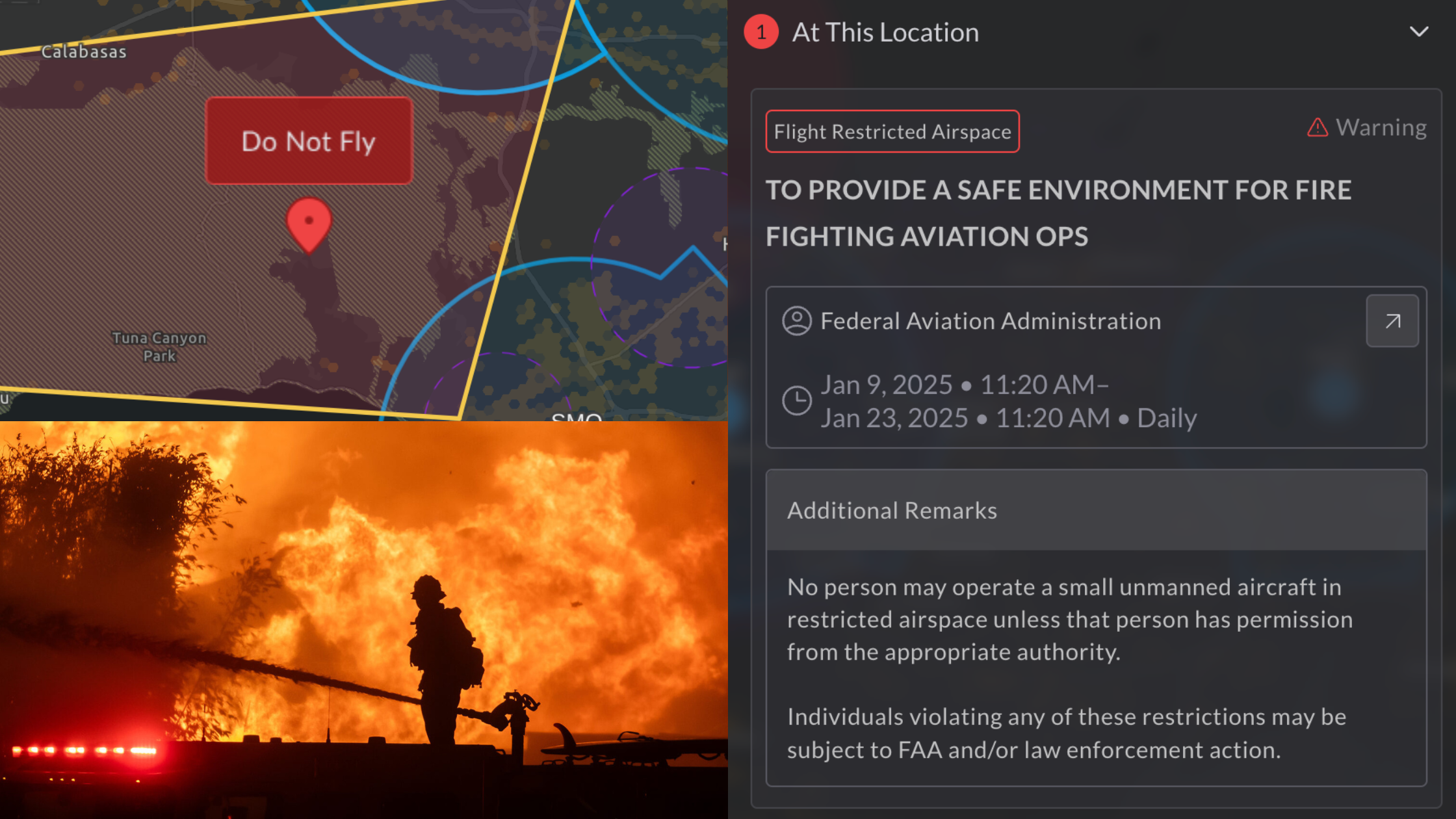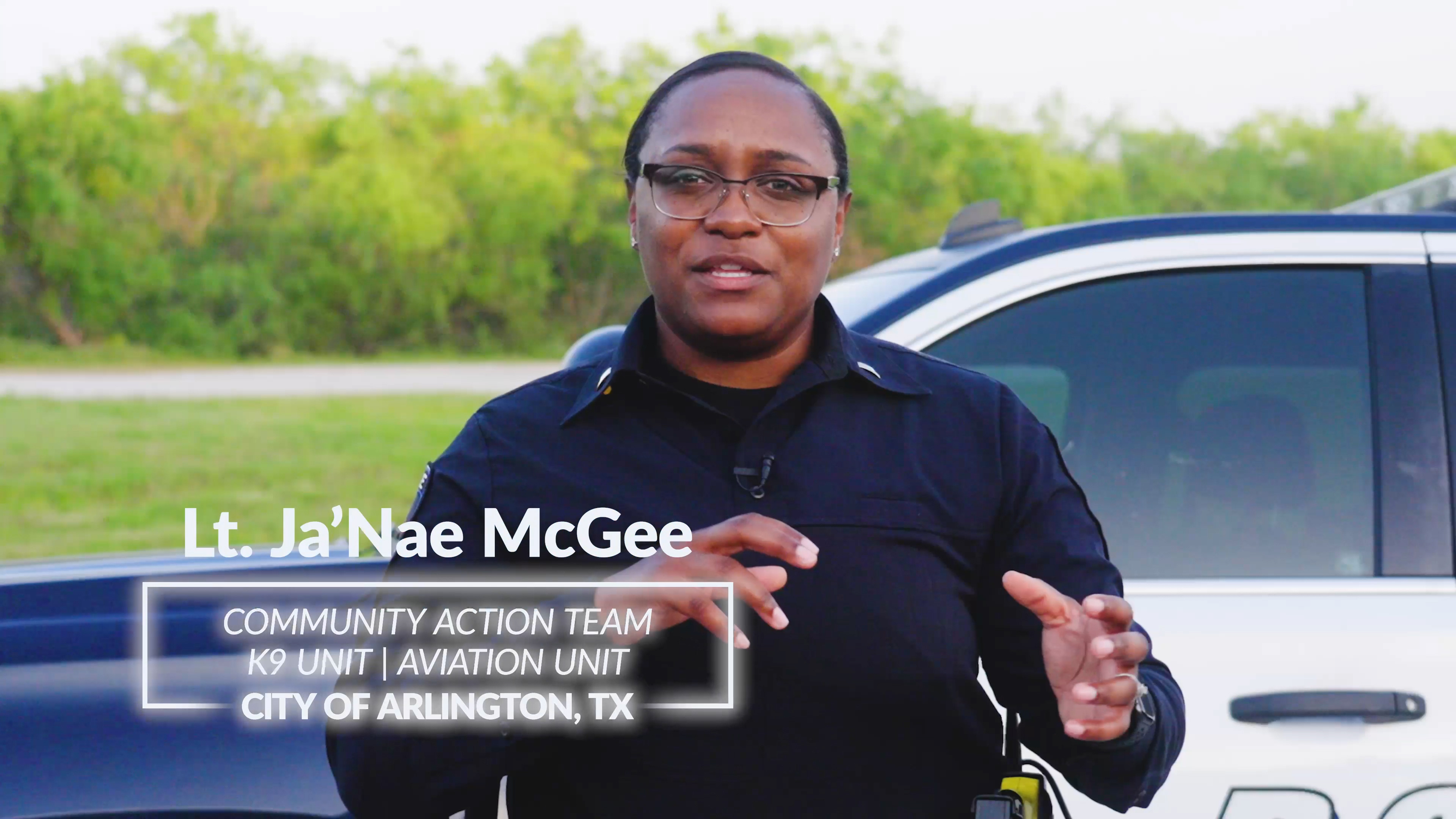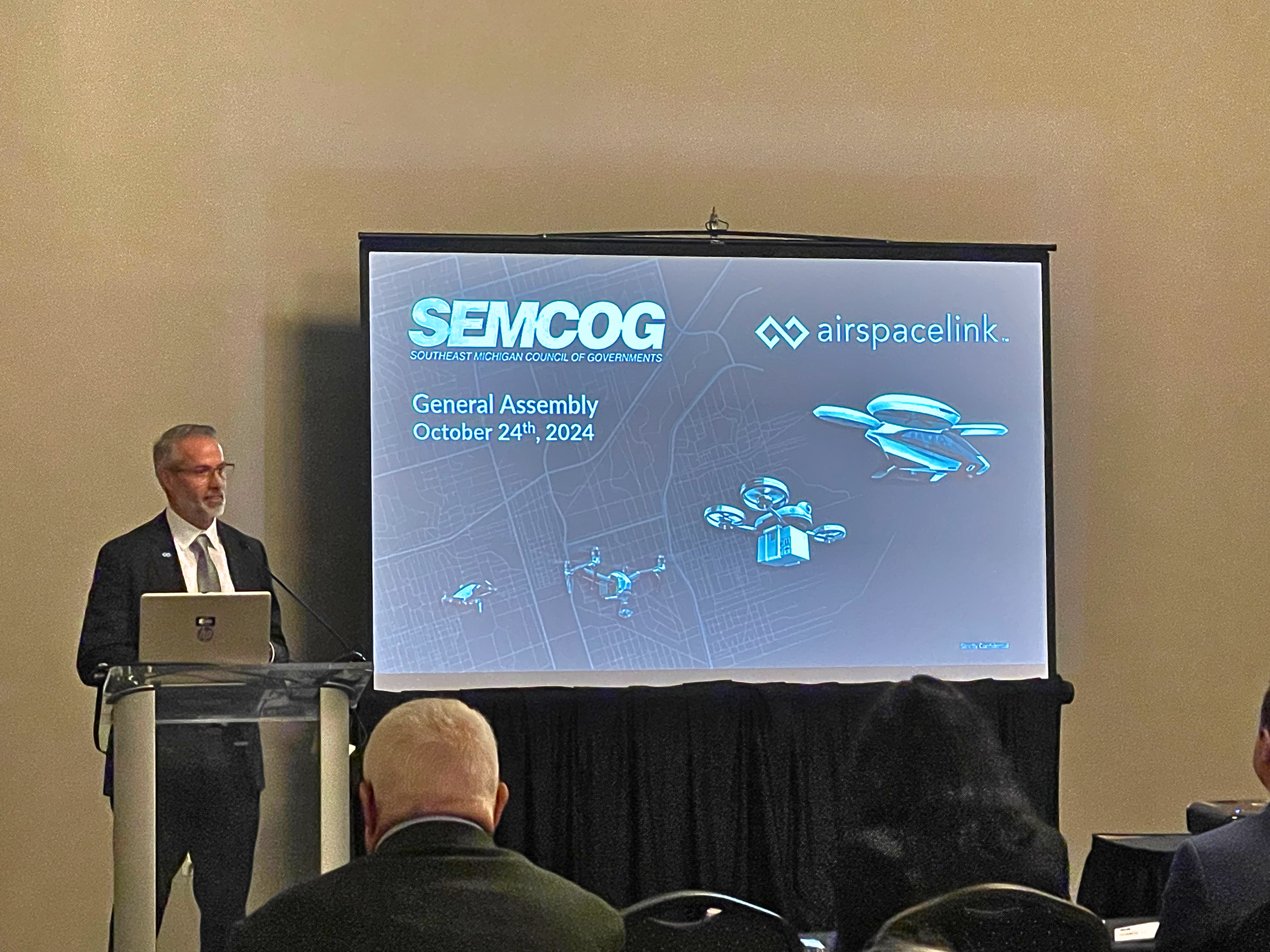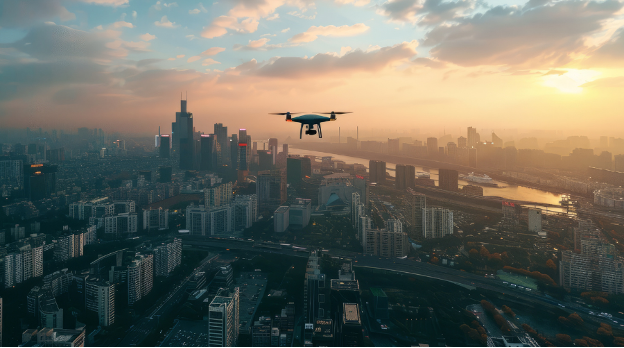Drones Take Flight as Public Safety First Responders
Police and fire departments across the country are embracing drone technology to create safer communities and respond more quickly to...

As wildfires continue to devastate parts of Los Angeles and other areas, the importance of cooperation and caution in the skies has never been clearer. These fires impact communities, displace families, and put immense pressure on first responders. In these critical times, responsible drone operation is essential to ensure the safety of emergency personnel and the success of their life-saving missions.
A recent incident involving a drone collision with water-dropping aircraft during wildfire response highlights the risks posed by unauthorized drone activity in emergency zones. This incident serves as a stark reminder of how drones, while incredibly useful tools, can become dangerous obstacles when operated irresponsibly.
Understanding the Risks
When wildfires occur, first responders rely heavily on aerial support, such as helicopters and planes, to assess damage, drop water, and coordinate ground efforts. Unauthorized drones in these areas can disrupt operations, delay emergency responses, and, in worst cases, lead to collisions that endanger lives.
Temporary Flight Restrictions (TFRs) are often issued over wildfire zones to keep airspace clear for emergency operations. However, not all drone operators are aware of these restrictions, underscoring the critical need for education and accessible tools.

Your Role as a Drone Pilot
Whether you fly drones recreationally or professionally, checking your airspace before takeoff is not just a best practice—it’s your responsibility. Knowing where and when it is safe to fly helps protect lives and ensures compliance with federal regulations.
Using tools like AirHub® Portal, you can:
By integrating these practices into your pre-flight routine, you contribute to a safer and more efficient airspace for everyone.
Take Action Today
Now is the time for the drone pilot community to come together to ensure the safety and avoid situations that inhibit the valiant efforts of emergency responders. Here are three steps you can take immediately:
Together, We Can Make a Difference
Flying responsibly during emergencies like wildfires is a shared duty. By checking your airspace and staying clear of restricted zones, you help first responders do their jobs effectively while protecting lives on the ground and in the air.

Police and fire departments across the country are embracing drone technology to create safer communities and respond more quickly to...

In a room filled with local leaders and decision-makers, Airspace Link’s Co-Founder, President, and CEO, Michael Healander, took the stage at the...

Earlier this month, President Trump signed two executive orders that will fundamentally transform the skies above all American cities. Under these...